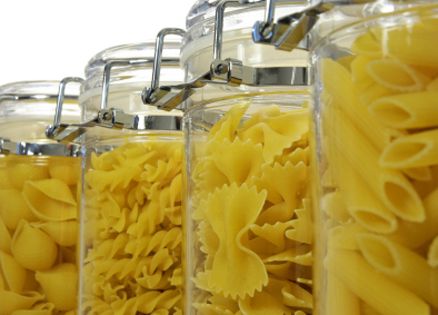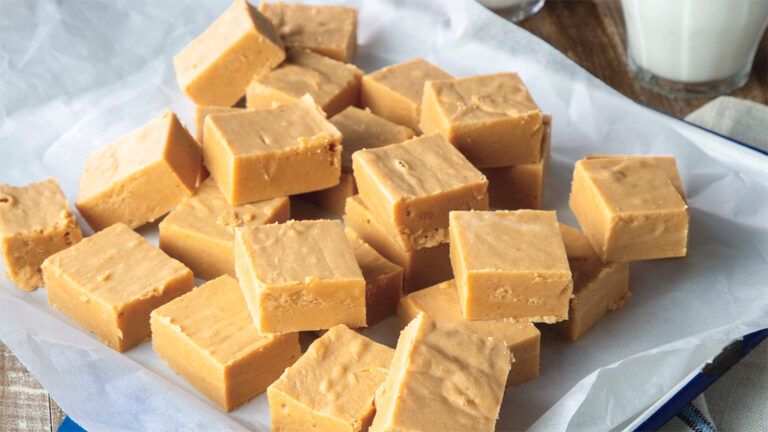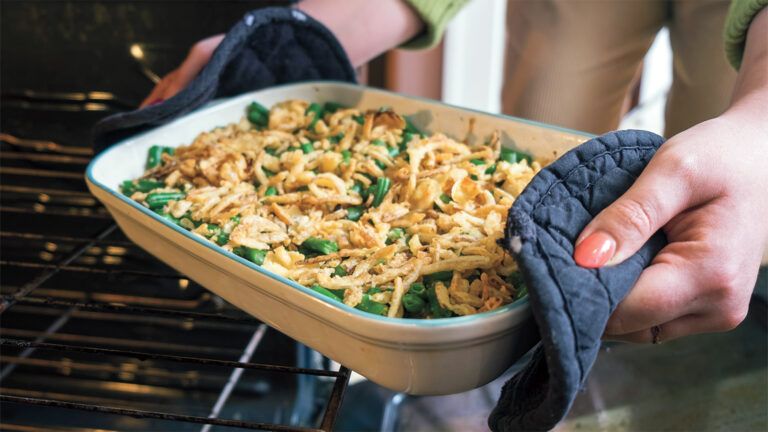A warm bowl of chicken noodle soup does the body good, especially when fighting off a spring cold. But it wouldn’t taste the same if you substituted the hearty noodles in your soup with say, spaghetti or fettuccini. That’s because there is a marked difference between noodles and pasta that goes beyond taste and texture.
In order for a noodle to be legally considered a noodle, it must contain 5.5 percent egg solids by weight, according to the National Pasta Association (NPA). The lighter pasta, by contrast, is often used in Italian dishes and typically comes steeped in delicious sauces.
Both pasta and noodles are eaten as comfort foods. In fact, in the first three months of the year, noodle and pasta consumption in the US typically increases by as much as 20%, says the NPA. Noodles are added to a variety of soups and casseroles, and pasta, with some vegetables thrown in, make a great dish on their own.
“Because these are the coldest months in the U.S., people tend to stay indoors and eat warm meals,” says Carol Freysinger, NPA executive director. Especially during the economic downturn, the purchase of noodles and pasta has been increasing as people tend to eat out less. They’re also a great staple to have on hand to extend the life of leftovers. Added to stew or a stir-fry, for example, you’ve got a whole new dish.
The Origins of Noodles and Pasta
Marco Polo is said to have brought the stringy food back to Italy from his travels through China in the late 13th century, creating the Italian pasta craze. However, the consumption of noodles can be traced back much earlier, to the Etruscans, based on cave drawings, as early as the fourth century B.C. Other theories point to the Middle East as the first region to introduce the noodle.
The English word “noodle” derives from the German word “nudel” and can be traced back to the Latin word “nodus” (knot). Today, however, noodle is often used as a generic term for any unleavened dough and can be made from millet, wheat or rice. The word “pasta” is Italian for “dough” and is a generic term for the Italian variants of noodles, or food made from a dough of flour, water and eggs that is boiled. Of course today, pasta comes in many healthy forms, including wheat pasta and Spanish fettuccini.
Nutritional Value
Both noodles and pasta offer nutritional value, but have been given a bad rap of late by “carb-free” diets. However, they are both high in complex carbohydrates, and provide a “time release” of energy rather than a quick boost, explaining why many athletes include them in their diet. Marathon runners will often eat a bowl of pasta for dinner the night before the big race, as carbohydrates turn into glucose energy that is stored in the muscles.
In fact, the U.S. Department of Agriculture’s Food Guide Pyramid recommends eating six to 11 servings of complex carbohydrates daily. Eating a typical serving of cooked pasta or noodles a minimum of three times a week can help you reach the recommended goal. So go ahead and enjoy!




